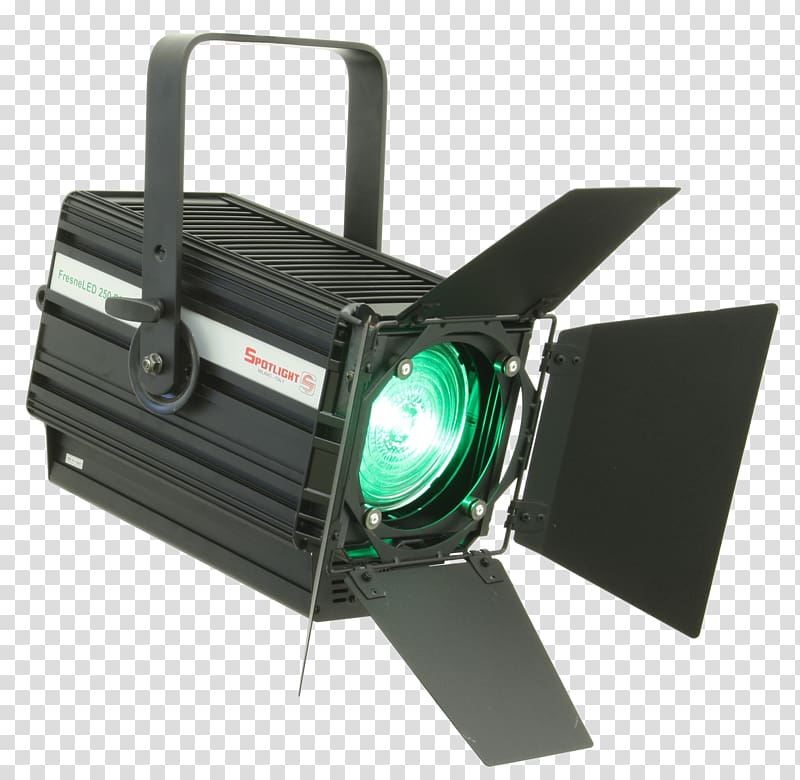

On the other hand, arc lamps inside of moving lights can be very bright, but also very expensive to replace. As you begin to figure out what your use will be and how much you’ll use your lights, keep that in mind. Quality white-source LED units can look just as good as conventional lamps without all the heat or energy use!īut, they’re not always necessary, especially for churches that only use them for a few hours per week. Yes, LED’s are bright, use low power, and can create great amounts of colors. LED lights are all the rage, but they’re not the answer to everything or everyone’s needs. Once you determine the type of light that you need, it’s time to figure out the source. Learn more about beam fixtures here! LED vs. Common beam lights are moving head beams and pin spots. These are lights which simply give off a very tight beam of light. Learn more about wash fixtures here!īeam lights are a relatively small group of lights.

Still, soft-edged lights are my choice for washing stages with lights and they make the smoothest, nicest looking wash around! Common soft-edged lights include par cans, scoops, striplights, cyc lights and blinders. The disadvantage is that they are not as easy to mask off of curtains, screens and other sets that we are trying to avoid hitting! Soft-Edged lights give us nice, smooth fields of light. Common hard-edged lights include the ellipsoidal, moving head spot and followspot.

In addition, these are the easiest lights to control. What makes these lights common is their hard-edged beam which also gives them hard, crisp shadows. Hard-Edged lights are the lights that are often referred to as “spots”. Hard-Edged lights, Soft-Edged lights, and Beam lights The good news is this – all lights really fit into 3 “buckets”, or types: If you’ve gone shopping for lights before, you probably know that there is a vast variety of different types of lights. When working with lighting, having lights is important! Now there’s a shocker! 🙂 Some churches are going to use a lot of lights, and others will use very little or none! What Basic Gear Do I Need to Get Started? Lights: Lighting also is going to be different for every church and every unique calling. Lighting can also add emotion and detail to an otherwise boring stage in a very cost-effective manner.īut – you’ve got to know what you’re aiming to accomplish before you begin! Lighting can enhance the attention span of audience members, and lighting can make a speaker look great on camera. I don’t want you to buy a single light or even cable until you have defined the why behind your lighting system and what you desire to accomplish. In fact, I’m going to bet that you can use some of the lighting gear that you may already have to make an impact on your stage – for just the cost of your time! Whether you already have lighting or are just starting out – the first step is this.ĭefine what you need lighting to do, then learn how to create it and implement to make an impact!ĭone properly, adding a few lights can make a huge impact.
#DIMMER FOR LED LIGHTS STAGE LIGHTING HOW TO#
However, if you want to create dynamic, interesting and inspiring lighting, I will walk you through exactly how to get started with lighting at your church below.Įven if you need to keep it simple, here, we do it right!Īrmed with a million different options and opinions, how do you choose the right lighting, set it up the right way and stay on budget at the same time? If you simply want mediocre lighting, this isn’t the place to be. Getting started with lighting can be difficult and confusing. Church Lighting Q&A + Basic Gear What Do You Need To Get Started With Stage Lighting At Your Church?


 0 kommentar(er)
0 kommentar(er)
